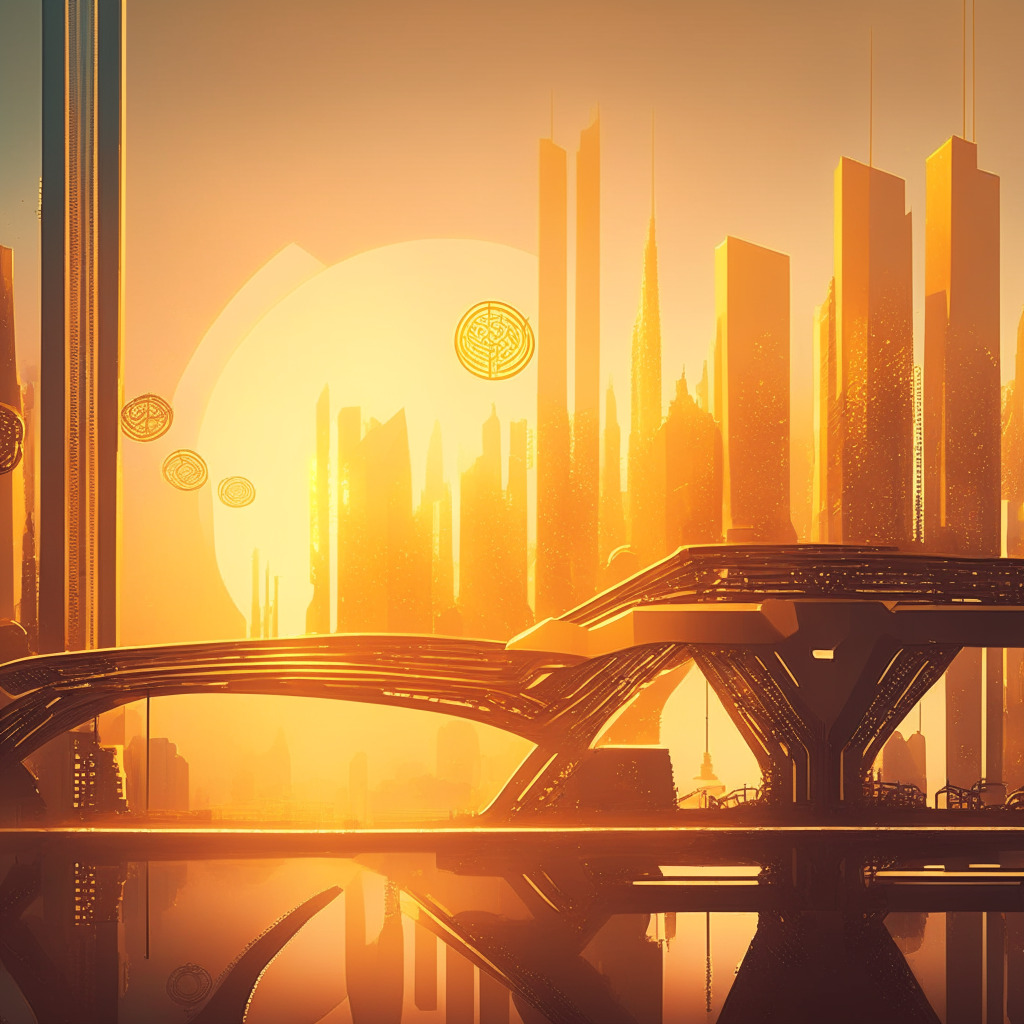The rapid evolution of the blockchain technology is transforming the way we perceive and interact with the digital world. At its core, blockchain promotes transparency, security, and decentralization. However, as with any new technology, it comes with its set of advantages as well as challenges.
One of the significant benefits of blockchain technology is its ability to create a trustless environment. By utilizing complex mathematical algorithms, it eradicates the need for intermediaries, leading to enhanced privacy and lower transaction costs. This is apparent in the financial sector, where cryptocurrencies like Bitcoin have managed to make a significant impact by defying traditional banking systems.
In addition to revolutionizing finances, blockchain has the potential to positively impact various sectors such as supply chains, healthcare, and property management. It can enhance efficiency, data integrity, and scalability, enabling businesses to make data-driven decisions.
Nonetheless, every silver lining has a cloud, and the rapid growth of blockchain technology brings with it a myriad of concerns. One of the most debated issues surrounding this technology is its environmental impact. The energy consumption of cryptocurrencies like Bitcoin has been widely questioned, with some comparing its energy consumption to that of entire countries. The excessive mining process and Proof of Work consensus algorithm contribute significantly to its energy demands, though the emergence of alternative consensus mechanisms like Proof of Stake is a step in the right direction to address this concern.
Moreover, the ongoing issues surrounding regulation and lack of a legal framework for cryptocurrencies further fuels the concerns of a potentially volatile market. High-profile incidents of security breaches at exchanges like Binance have also created fear and skepticism among potential blockchain adopters.
The rise of non-fungible tokens (NFTs) and its impact on the blockchain ecosystem cannot go unnoticed either. Although NFTs have opened up new possibilities for artists and creators to monetize their work, skeptics argue that the NFT market is a bubble waiting to burst or merely a bandwagon for people to jump on, with celebrities and influencers already jumping on the NFT train.
It’s essential for the blockchain community to be mindful of these ongoing debates and determine the best course of action that factors in both the positive and negative aspects of the technology. After all, for any technology to thrive, it must strike an equilibrium between its potential benefits and the challenges it faces.
In conclusion, blockchain technology has the potential to change the world for the better, but it is still in its infancy, with large-scale implementation and adoption posing varying challenges that need to be addressed. By understanding its limitations and working collectively, we can expect a safer, more transparent, and efficient future hinging on blockchain’s core principles. Only time will tell what new pathways this technology will open up.
Source: Cryptonews




